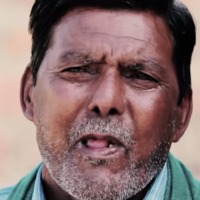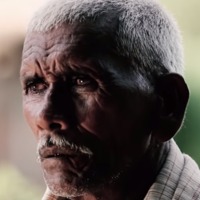
Babu Shah
Entire families migrate every year from other states in India to find work in Punjab’s brick kilns. The survey data suggest that there are more than 18 million people or 1.4 percent of the total population, who are living in conditions of modern slavery in India. Industries implicated in survey data include domestic work, the construction and sex industries, agriculture, fishing, manufacturing, manual labour, and forced begging. Most of India’s slavery problem is internal, and those from the most disadvantaged social strata—lowest caste Dalits, members of tribal communities, religious minorities, and women and girls from excluded groups—are most vulnerable.Babu Shah and his family were trapped in bonded labour in a brick kiln.

Mangadeen
Entire families migrate every year from other states in India to find work in Punjab’s brick kilns. The survey data suggest that there are more than 18 million people or 1.4 percent of the total population, who are living in conditions of modern slavery in India. Industries implicated in survey data include domestic work, the construction and sex industries, agriculture, fishing, manufacturing, manual labour, and forced begging. Most of India’s slavery problem is internal, and those from the most disadvantaged social strata—lowest caste Dalits, members of tribal communities, religious minorities, and women and girls from excluded groups—are most vulnerable.Mangadeen was trapped in bonded labour in a brick kiln.